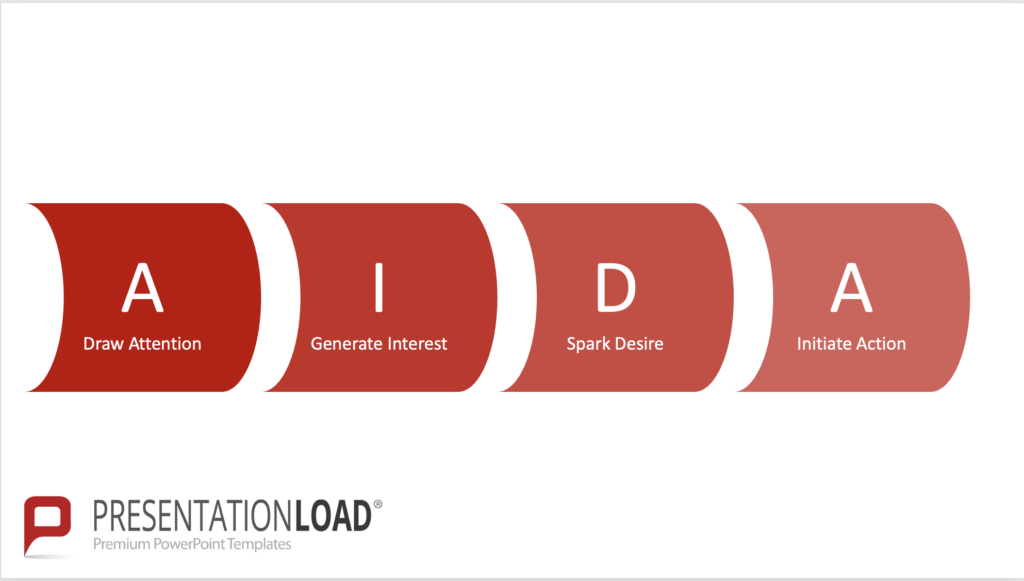
Elevator Pitch: The Art of Quick Persuasion with 6 Elevator Pitch Examples
Imagine this: You unexpectedly meet an important decision-maker in your company. It’s the perfect opportunity for you to tell them about that new idea of yours. You’ve said your hellos and you’re ready to share your idea. But before you know it, the person you’re talking to is on their way. We’re going to show you how to prepare yourself for these situations with the elevator pitch.
The history of the elevator pitch
The term elevator pitch originated in the 1980s in the USA. Young entrepreneurs had to develop creative ways of contacting executives to present their ideas. Over time, waiting for an executive in front of the elevator to convince them of an idea during a short elevator ride became an established method. The goal was to attract interest with a short spiel and get an invitation to a follow-up meeting, where the idea could be presented in more detail.
So. What is an elevator pitch?
The basic idea of talking during an elevator ride is familiar to all of us. Hence the word elevator. Pitch is a metaphor for the brief period of time in which you can present your idea. An elevator pitch describes a special form of short presentation of your company, your business idea or your product. The main focus is on presenting the advantages for potential investors, buyers or customers.
How long does an elevator pitch take?
There is no universal answer for this, except: short. The length depends on your topic and your target group. With the classic elevator pitch, you’re looking at about one to two minutes. Nowadays, you’re looking at around 60-90 seconds. The goal is to present key information and make your audience want more in this brief amount of time.
When to use a good pitch

Sales pitches in the elevator are rare these days. But you will still find yourself in situations where you only have a short time to convince the person you’re talking to. For example:
- When visiting job and career fairs
- When networking, for example at after work parties
- During telephone calls
- During chance meetings in everyday life
- At workshops
In all these situations, a well-presented pitch can tip the scales between success and failure. In the next section, you’ll learn what to look for in a successful pitch.
What makes a good elevator pitch?
A successful pitch requires intense preparation. Make sure you invest enough time in formulating your pitch. Here are some questions to think about:
- Who is the pitch be aimed at?
- What do you want to achieve with your pitch?
- How will you convince your counterpart?
- Where and in which environment will the conversation take place?
Try to condense your core message to the essentials and formulate it with as few words as possible. When structuring your pitch, follow the AIDA model. This acronym, which comes from the advertising industry, stands for attention-interest-desire-action. It’s a four-stage model for building interest. Transferred to an elevator pitch, each stage can be defined as follows:
Attention:
Use a crisp opening to get your listener’s full attention. Make sure to address them emotionally. Use figurative language and appropriate metaphors.
Interest:
Emphasize your UVP (unique value proposition). What are your unique strengths? What sets you apart from others? Make your conversation partner intrigued by what you have to offer them.
Desire:
Take advantage of your target’s curiosity and inspire them to want your product or work with you.
Action:
Motivate your counterpart to take action. This can involve exchanging business cards or inviting them to a follow-up meeting.
When formulating your pitch, make sure to keep it as simple and straightforward as possible. Avoid unfamiliar words and technical terms. Ask friends and acquaintances to critique your pitch. A good pitch is worth the worth intense preparation because , you only have one chance to make a first impression.
Tips on how to end your elevator pitch on the right note can be found in our “call to action” post.

How do you start a pitch?
The first impression counts. Following the AIDA formula, you know you need a dynamic start to your pitch. This is so important in the short amount of time you have to convince your counterpart. This means: Your first sentence has to be carefully thought out and perfectly executed. You can’t afford any slip-ups here.
Start, for example, with a question, a hypothesis or an interesting fact about your idea. These build tension and can grab your counterpart’s attention. You also need to support your pitch with the right body language and charisma. Be confident and convinced of your own idea and maintain eye contact throughout.
For more information on how to score points with the right body language in elevator pitches and PowerPoint presentations in general, see our article on body language.
How do I formulate an elevator pitch? 6 examples of an elevator pitch
How do you deliver an elevator pitch while staying within the time limit and communicating your key information? Here are 6 elevator pitch examples that will help you do just that.
#1 The general elevator pitch
You can’t go wrong with a general elevator pitch framework. This should include an intro, a problem, a solution to that problem, your UVP and a strong call to action. This is a clear and intuitive framework to present all your key takeaways. It’s also flexible enough to change or adapt to different situations.
Template:
My name is and I am the founder/employee of . offers to that .
Unlike , we offer . And finally, we have .
#2 The storytelling pitch (aka the Pixar pitch)
This type of elevator pitch focuses on a narrative structure – similar to Pixar movies. With storytelling, you build up a convincing and compelling storyline for your business idea.
Template:
Once upon a time, . Every day . One day . Which is why . Until finally . Today .
#3 Reality-based elevator pitch
You can often score points by using a personal anecdote from your life to illustrate the reality of your business idea. Anecdotes are a fantastic way to grab your audience’s attention and create a personal connection.
Template:
It’s a pleasure to meet you. I heard . I felt the same way for a long time and my team and I at have had the same experience. . Since then, we have .
#4 The statistics elevator pitch
A pitch built on facts and statistics is a fantastic way to engage and persuade your audience. Start with a statistic that’s geared towards your audience, connect it to your business idea and how it can improve their bottom line.
Template:
Did you know that . Unsurprisingly, you also have problems with . can help improve your numbers by .
#5 The sales pitch
Sometimes you have to deliver your elevator pitch directly to potential customers. Pay attention to the needs and wishes of your counterpart and know how to best position your solution.
Template:
Have you ever ? . offers to , just like you, to .
Unlike , you can use our to . .
#6 The emotional pitch
Similar to the reality-based pitch, this pitch reaches your audience by building an emotional connection. This kind of pitch is not always easy to deliver. But if you can evoke an emotion, you’re guaranteed success.
Template:
Take a look at . It doesn’t look like anything particularly new. In fact, it looks like any other tool. But take a closer look. and you’ll see . And that’s not the only advantage has. It also has . Actually, we all want the same thing. A solution. .
These are a few useful and universal templates for elevator pitches. Naturally, there are many more options and possibilities to use other templates. It all depends on the situation, the topic and your audience.
Make the most of an elevator pitch

Use an elevator pitch to introduce potential clientele to you and your business idea. Make sure you’re always well prepared because: You’ve only a short window of opportunity to impress and you never know when you might run into an important person who could endorse your business idea.
Use our tips and the 6 elevator pitch examples lay the foundation for your next elevator pitch today!
Do you have any questions about the elevator pitch or PowerPoint in general? Feel free to contact us at [email protected]. We’re here to help.
If you’ve developed your business idea and would like to create a full-length PowerPoint presentation on it, take a look around our shop . Here we have professional slide templates on various (business) topics. You’ll find what you need to bring your idea into the spotlight!
Feel free to check out our blog for more topics. Here are some posts that might interest you:




